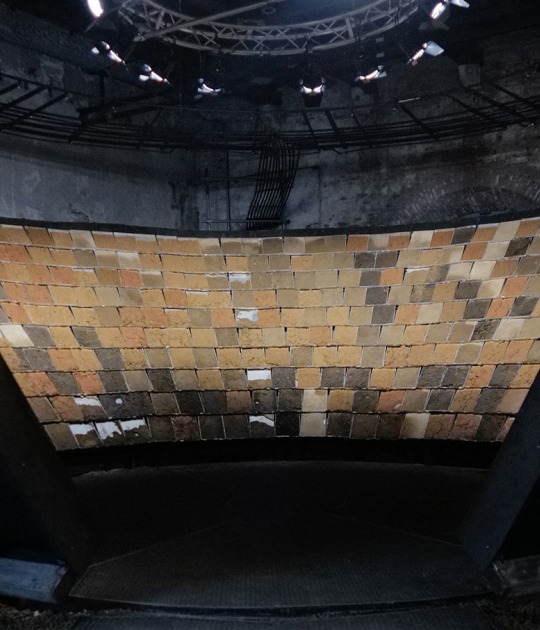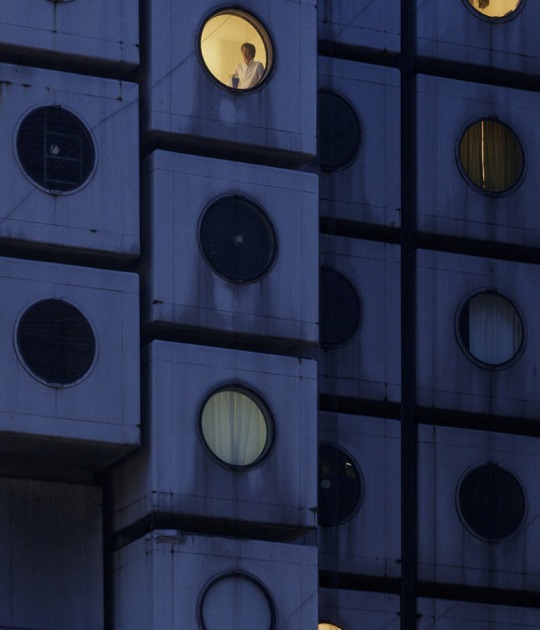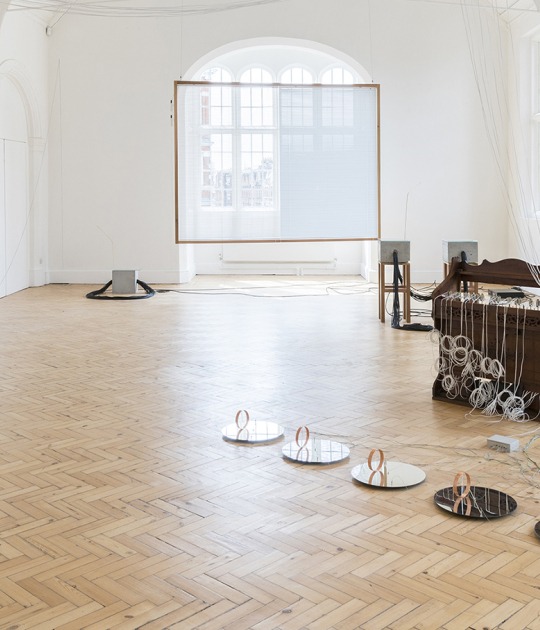The interactive Spyscape museum occupies a renovated 5,574 sqm is located on the first three levels of a Midtown Manhattan’s 928 8th Avenue, - on West 55th Street, just two blocks west of the MoMA. Adjaye Associates’ Spyscape is part museum and part interactive funhouse, showcasing the espionage world’s stories, tools and characters and offering visitor challenges that range from surveillance skills to special ops training.
Adjaye's firm, which has designed the architecture project, the exhibition and even the fixture of Spyscape, worked closely with advisors like museum officials, former intelligence agency directors, and ex-hackers, creating a complex that immerses you in the mystery, intrigue, smarts, and subterfuge of spying.
Inside, the multi-level museum’s themed exhibition spaces are organized around seven spy-related themes, including surveillance, encryption, deception, hacking and intelligence operations. Spyscape offers a multi-sensory interactive experience.
Adjaye Associates chosed a mix of smoked glass, bespoke fibre cement, grey acoustic paneling, mirror-polished steel and dim lighting for spaces to create a dark and mysterious atmosphere.
Visitors are guided into a 32.5 sqm multimedia briefing elevator – one of the largest in the world – that orients them to the experience before transporting them to the first exhibition level, before players are assigned one of 11 spy roles – including agent handler, cryptologist, hacker, or intelligence analyst. Within each space you meet key characters related to the subject (like Robert Hanson, a notorious mole for the KGB, and Virginia Hall, the one-legged spy who fled the Nazis over the Pyrenees), peruse artifacts (like dominoes with tools hidden inside, spy plane cameras, and code-protecting Enigma Machines from WWII), and take part in a related skill challenge (like lie detection and interrogation practice and the Special Ops laser tunnel, in which you duck and jump over laser beams to prove your dexterity.)
‘It’s a very different take on what a museum is,’ says Adjaye Associates’ Josh Ellman. ‘People are engaged rather than just consuming information passively.’
‘We show how the world of espionage is all around you,’ notes Shelby Prichard, Spyscape’s US chief of staff.
David Adjaye made a name in the US with the National Museum of African American History and Culture in Washington DC, and recently won the Design of the Year 2018 award, now his firm are working on museum designs across the USA.





























